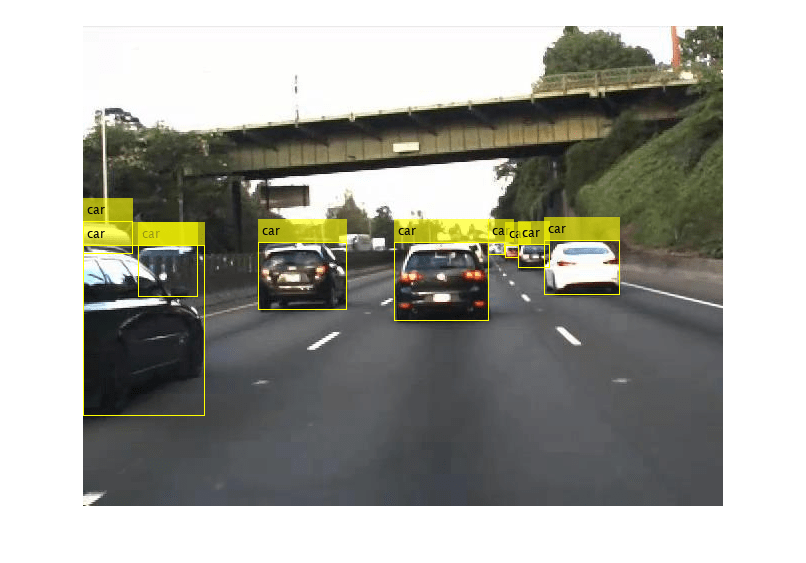yoloxObjectDetector
Description
The yoloxObjectDetector object creates a You Only Look Once X
(YOLOX) one-stage, real-time, anchor-free object detector for detecting objects in an image of
arbitrary size. Using this object, you can:
Create a pretrained YOLOX object detector by using YOLOX deep learning networks trained on the COCO data set.
Create a custom YOLOX object detector by using a pretrained or untrained YOLOX deep learning network.
Note
This functionality requires Deep Learning Toolbox™ and the Automated Visual Inspection Library for Computer Vision Toolbox™. You can install the Automated Visual Inspection Library for Computer Vision Toolbox from Add-On Explorer. For more information about installing add-ons, see Get and Manage Add-Ons.
Creation
Syntax
Description
detector = yoloxObjectDetector
detector = yoloxObjectDetector(name)
detector = yoloxObjectDetector(name,classes)
Use the trainYOLOXObjectDetector function to train the detector before performing
object detection.
detector = yoloxObjectDetector(___,Name=Value)ModelName and InputSize properties of the object, and specifies the NormalizationStatistics of the detector, using name-value arguments in
addition to any combination of input arguments from previous syntaxes. For example,
ModelName="customDetector" sets the name of the object detector to
"customDetector".
Input Arguments
Name-Value Arguments
Properties
Object Functions
detect | Detect objects using YOLOX object detector |
Examples
References
[1] Ge, Zheng, Songtao Liu, Feng Wang, Zeming Li, and Jian Sun. “YOLOX: Exceeding YOLO Series in 2021.” arXiv, August 5, 2021. http://arxiv.org/abs/2107.08430.
